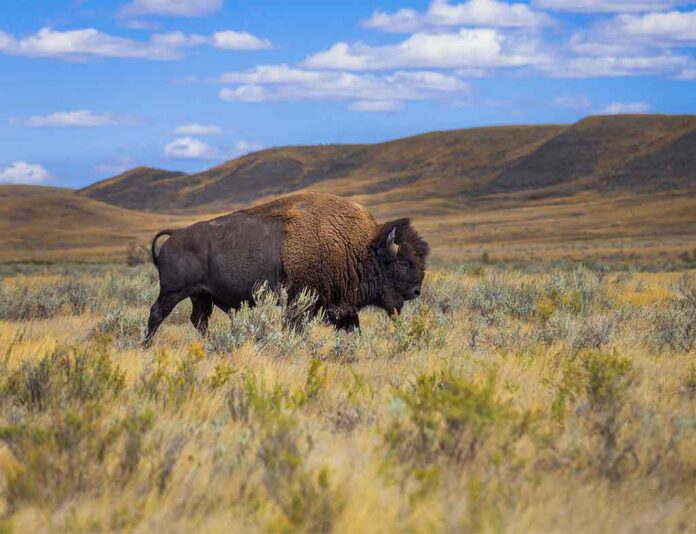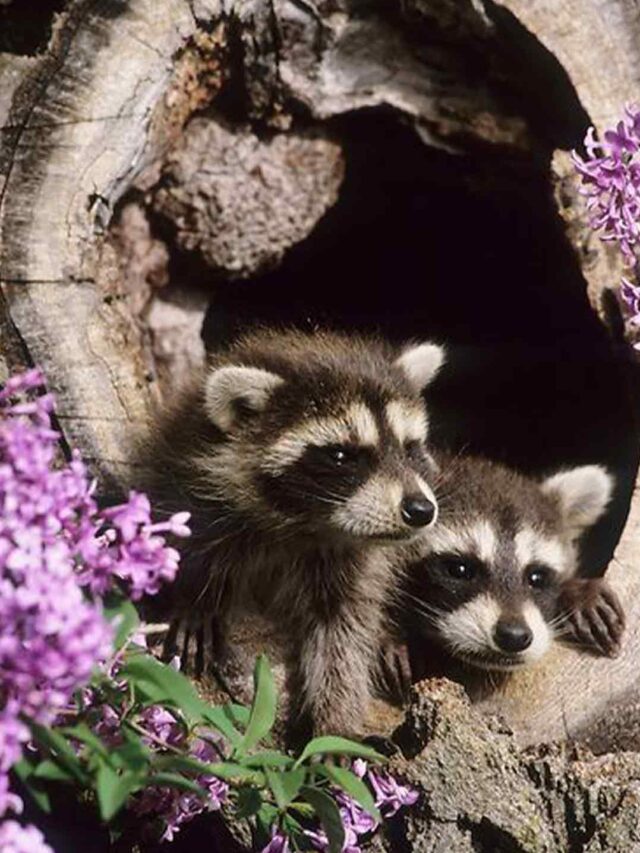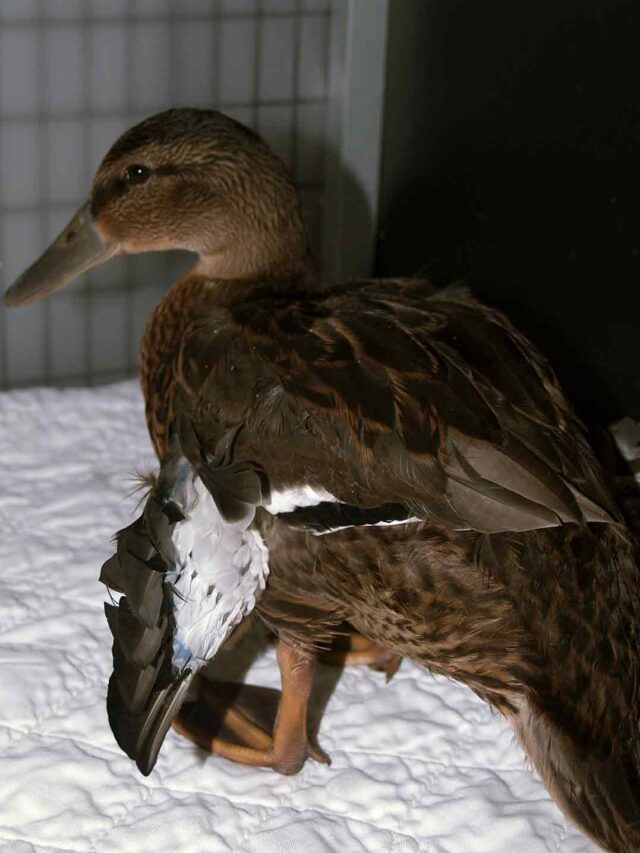
Welcome to our exploration of the Plains Bison, the magnificent creatures that once roamed the vast prairies of North America. Join us as we delve into their history, habitat, behaviour, and significance in the ecosystem.
Table of Contents
Historical Background
Plains Bison, scientifically known as Bison bison bison, has a rich history intertwined with the indigenous peoples of North America. Once numbering in the millions, they played a vital role in the lives of Native American tribes, providing food, clothing, and spiritual significance.
Physical Characteristics
Plains Bison are imposing figures, with a massive frame, shaggy fur, and distinctive hump on their shoulders. Bulls can weigh up to 2,000 pounds, while cows are slightly smaller. Their thick fur provides insulation against harsh weather conditions, allowing them to thrive in the Great Plains.
Habitat and Range
Historically, Plains Bison inhabited the grasslands stretching from Canada to Mexico. Today, their range has been significantly reduced due to habitat loss and fragmentation, with populations primarily concentrated in protected areas and reserves.
Diet and Feeding Habits
Plains Bison are herbivores, feeding on grasses, sedges, and other vegetation. Their grazing behaviour helps stimulate the growth of new vegetation and maintain the health of grassland ecosystems.
Behaviour and Social Structure
Plains Bison are highly social animals, forming large herds consisting of females, calves, and dominant bulls. Within these herds, a complex social hierarchy exists, with dominant bulls leading and protecting the group.
Reproduction and Life Cycle
Mating season typically occurs in late summer and early fall, with dominant bulls competing for females. After a gestation period of approximately nine months, females give birth to a single calf, which remains under their care and protection until maturity.
Ecological Role
Plains Bison play a crucial role in maintaining the health and balance of grassland ecosystems. Through their grazing behaviour, they help stimulate the growth of new vegetation and create habitats for other species.
Conservation Status
While Plains Bison populations have rebounded in recent years, they still face threats from habitat loss, overhunting, and disease. Conservation efforts are underway to protect and preserve their populations.
Challenges and Threats
Plains Bison continue to face challenges such as habitat loss, fragmentation, and conflicts with human activities. Conservation efforts aim to address these challenges and ensure their long-term survival.
Management and Conservation Strategies
To protect Plains Bison, various management and conservation strategies have been implemented, including habitat restoration initiatives and captive breeding programs.
Tourism and Economic Importance
Plains Bison are not only valuable from an ecological standpoint but also play a significant role in tourism and local economies. Bison viewing tours attract visitors from around the world, generating revenue for rural communities.
Cultural Significance
Throughout history, Plains Bison have held deep cultural and spiritual significance for indigenous peoples of North America. They continue to inspire artists, writers, and storytellers, preserving their legacy for future generations.
Future Prospects
While Plains Bison face challenges, there is reason for optimism about their prospects. Conservation efforts have shown promising results, and by working together, we can ensure their continued presence on the prairie.

FAQs
1. What is the historical significance of Plains Bison?
Plains Bison played a vital role in the lives of Native American tribes, providing food, clothing, and spiritual significance.
2. What threats do Plains Bison face today?
Plains Bison face threats from habitat loss, overhunting, and disease, as well as conflicts with human activities.
3. How are conservation efforts helping protect Plains Bison?
Conservation efforts include habitat restoration, captive breeding programs, and initiatives to reduce human-wildlife conflicts.
4. What role do Plains Bison play in grassland ecosystems?
Plains Bison help maintain the health of grassland ecosystems through their grazing behaviour and creation of habitat for other species.
5. What can individuals do to support Plains Bison conservation?
Individuals can support conservation efforts by raising awareness, supporting organizations dedicated to their protection, and advocating for policies that promote habitat conservation.












